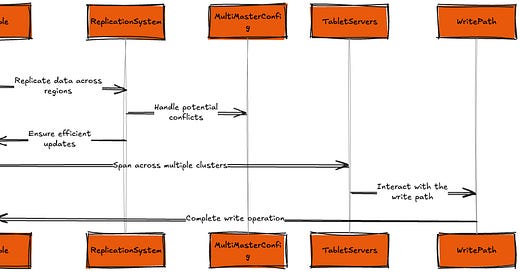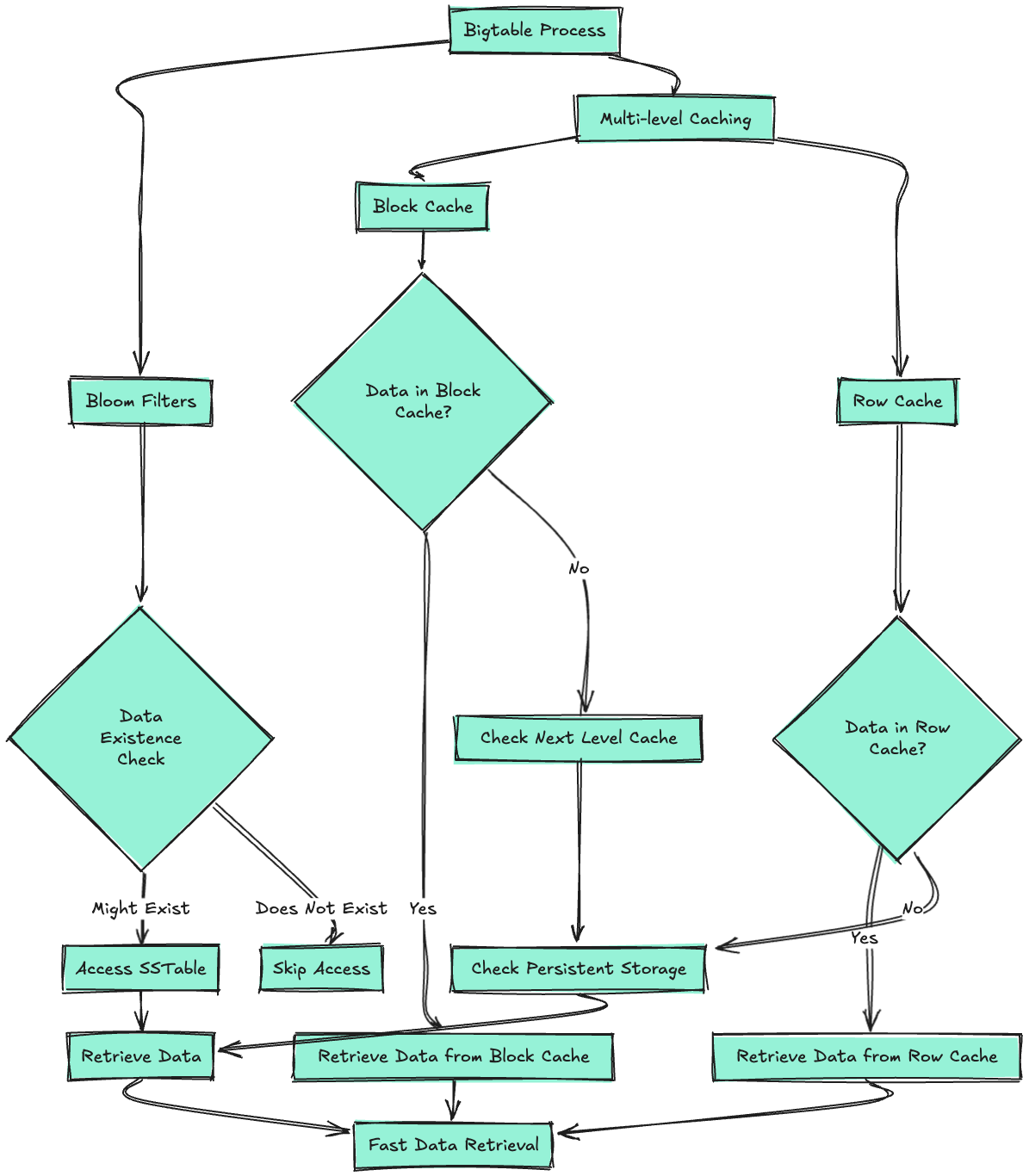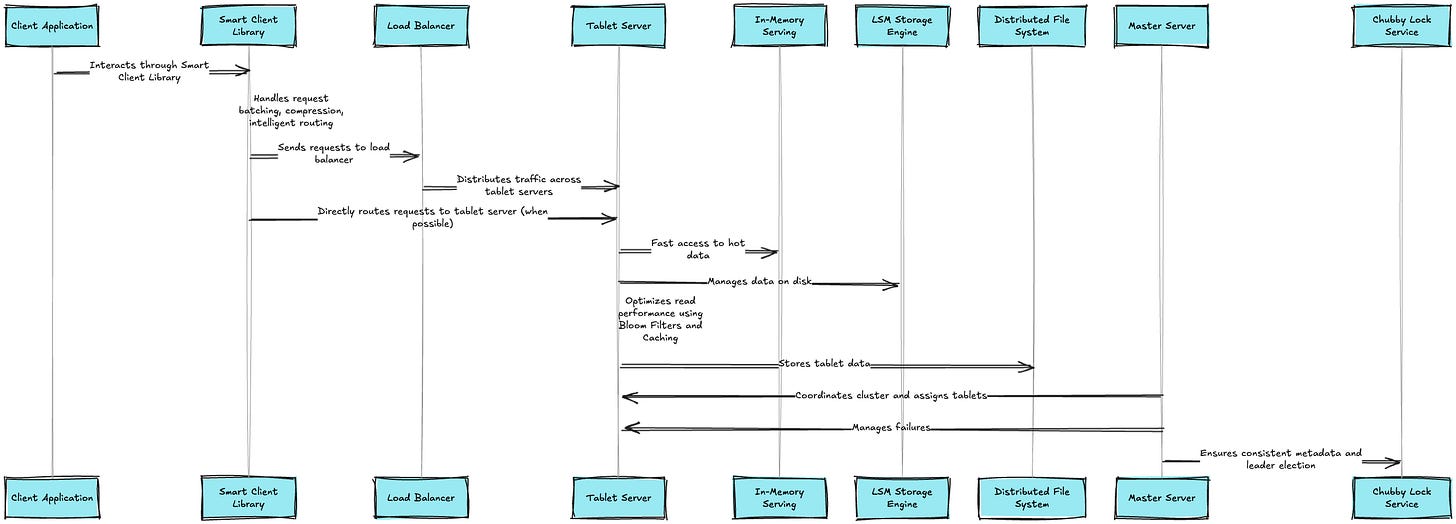[System Design Tech Case Study Pulse #51] 100 Billion Requests Daily : How Google Bigtable Actually Works
With detailed explanation and flow chart....
Hi All,
Google Bigtable's architecture enables it to serve over 100 billion requests daily, powering numerous Google services such as Search, Analytics, Maps, and Gmail. This incredible feat allows Google to provide real-time, scalable data access to billions of users worldwide.
Let's dive deep into how Google engineered this system, exploring the key architectural decisions, scaling strategies, and optimizations that enable Bigtable to handle this massive volume of daily requests.
Learn how to Design Facebook Newsfeed
System Overview
Before we delve into Bigtable's architecture, let's look at some key metrics that highlight the scale of its operations:
- Requests served daily: 100 billion+
- Peak queries per second: Millions
- Data stored: Petabytes to Exabytes
- Latency: Single-digit milliseconds for most operations
- Availability: 99.999%+
- Global deployment: Across dozens of data centers
- Concurrent users: Billions
- Table sizes: Up to hundreds of terabytes
- Columns per table: Thousands to millions
How Real World Scalable Systems are Build — 200+ System Design Case Studies:
System Design Den : Must Know System Design Case Studies
Avail Offer : https://naina0405.substack.com/65d00104
Billions of Queries Daily : How Google Search Actually Works
100+ Million Requests per Second : How Amazon Shopping Cart Actually Works
Serving 132+ Million Users : Scaling for Global Transit Real Time Ride Sharing Market at Uber
3 Billion Daily Users : How Youtube Actually Scales
$100000 per BTC : How Bitcoin Actually Works
Processing 2 Billion Daily Queries : How Facebook Graph Search Actually Works
7 Trillion Messages Daily : Magic Behind LinkedIn Architecture and How It Actually Works
1 Billion Tweets Daily : Magic Behind Twitter Scaling and How It Actually Works
12 Million Daily Users: Inside Slack's Real-Time Messaging Magic and How it Actually Works
$320 Billion Crypto Transactions Volume: How Coinbase Actually Works
100K Events per Second : How Uber Real-Time Surge Pricing Actually Works
1.5 Billion Swipes per Day : How Tinder Matching Actually Works
500+ Million Users Daily : How Instagram Stories Actually Work
2.9 Billion Daily Active Users : How Facebook News Feed Algorithm Actually Works
20 Billion Messages Daily: How Facebook Messenger Actually Works
8+ Billion Daily Views: How Facebook's Live Video Ranking Algorithm Works
How Discord's Real-Time Chat Scales to 200+ Million Users
80 Million Photos Daily : How Instagram Achieves Real Time Photo Sharing
Serving 1 Trillion Edges in Social Graph with 1ms Read Times : How Facebook TAO works
How Lyft Handles 2x Traffic Spikes during Peak Hours with Auto scaling Infrastructure..
How it works ( in detail) —
1. Client Interaction:
- Client applications interact with Bigtable through the Smart Client Library.
- The library handles request batching, compression, and intelligent routing.
2. Request Routing:
- Requests are sent through a load balancer to distribute traffic across tablet servers.
- The Smart Client often routes requests directly to the appropriate tablet server.







